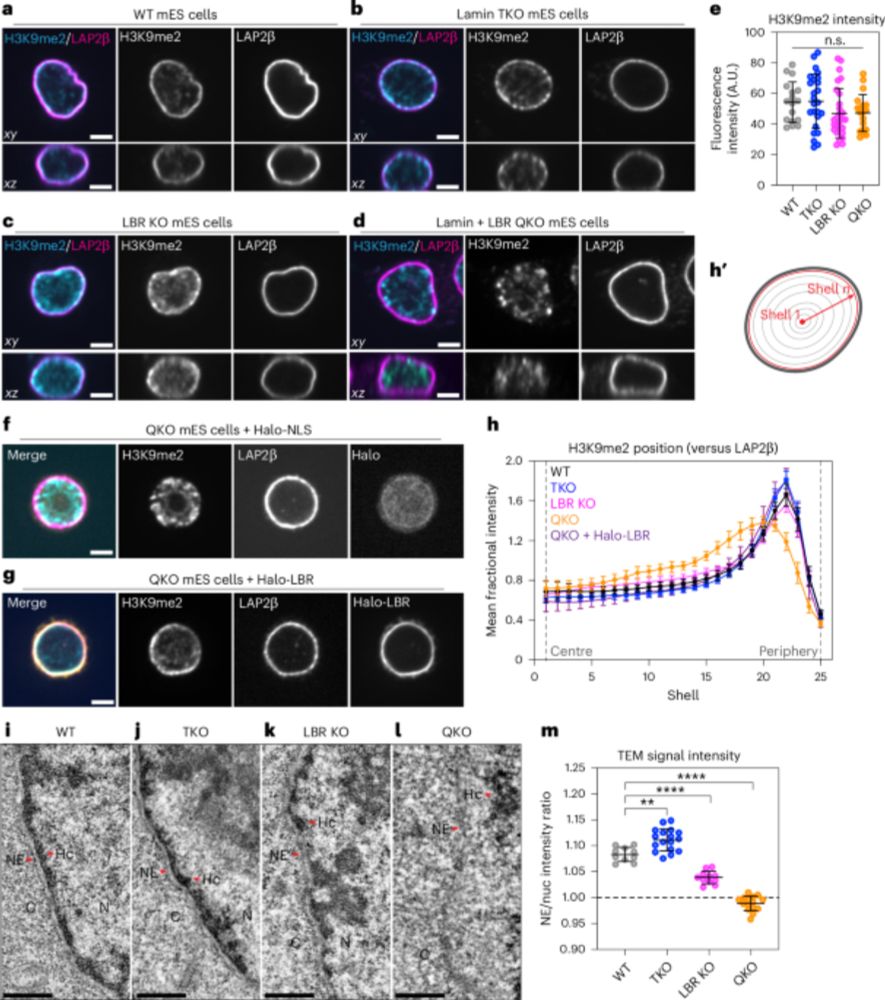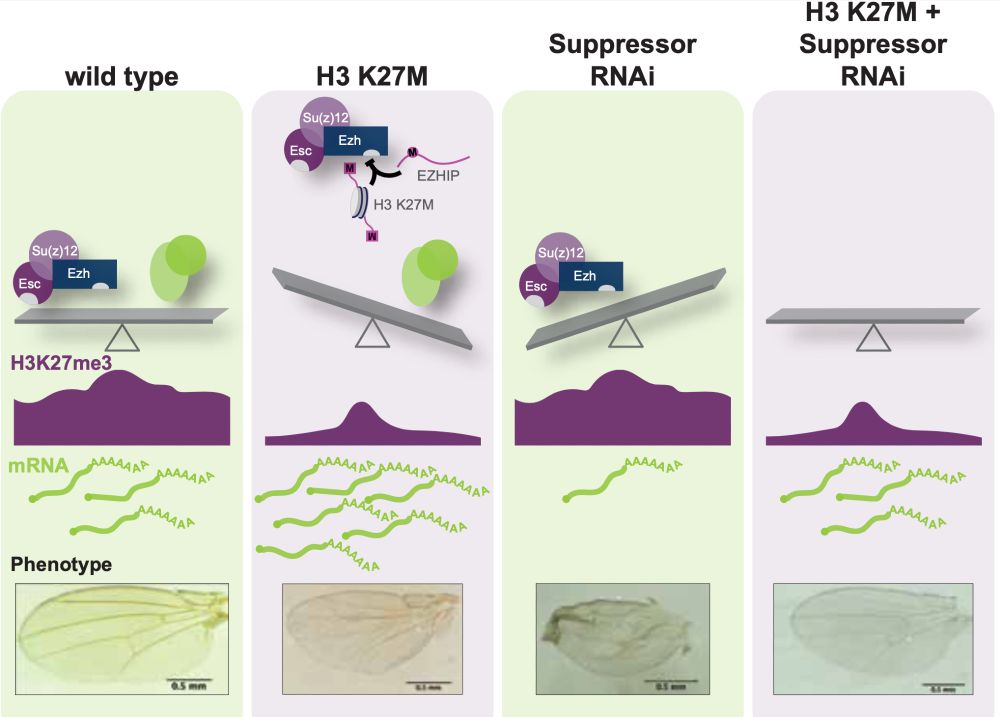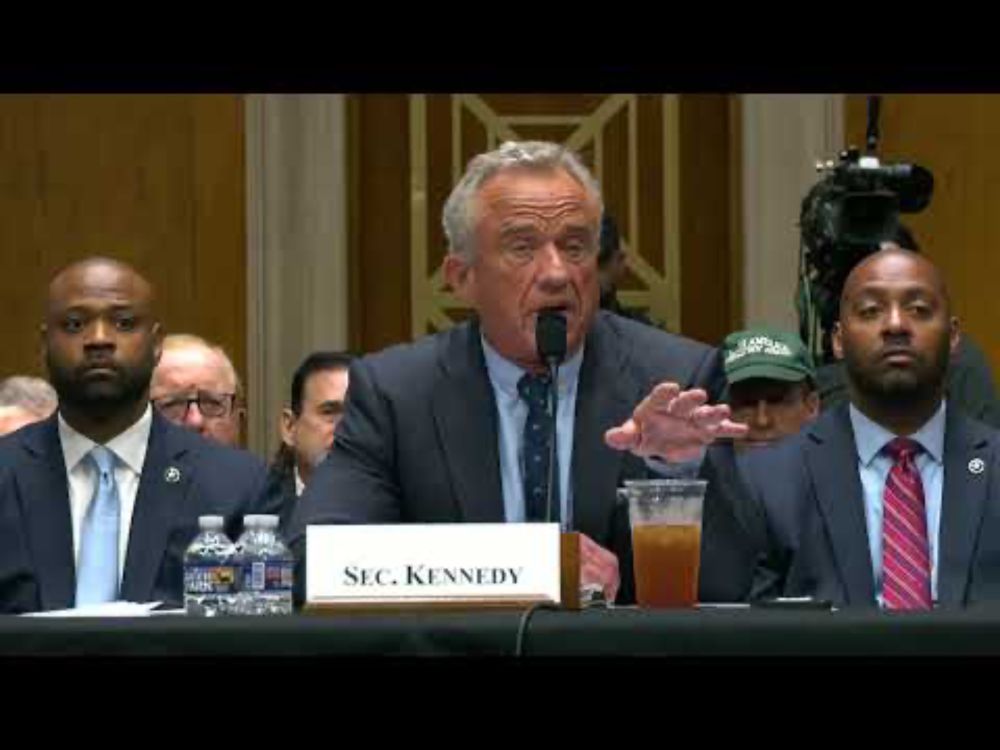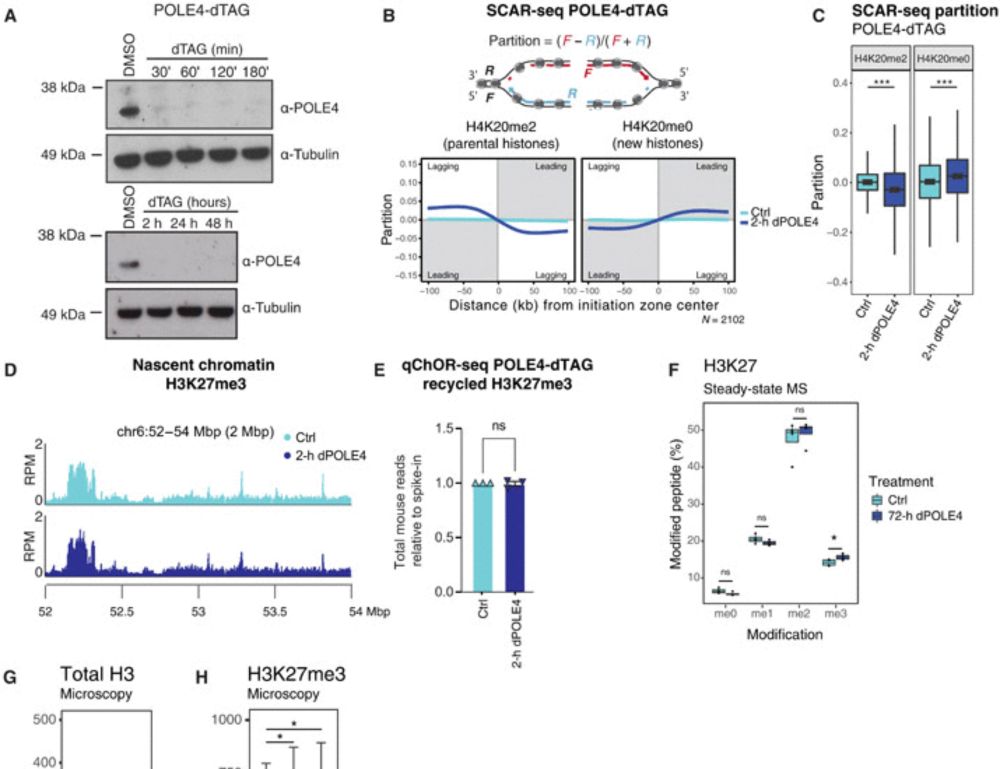
Interested in epigenetics & blood disorders
I met Jim Watson a few times but did not know him well. However, I was greatly influenced by his book “The Double Helix”. He was a complicated human being with some very, very bad features, but some good contributions.
What follows is my personal perspective.
1/41

I met Jim Watson a few times but did not know him well. However, I was greatly influenced by his book “The Double Helix”. He was a complicated human being with some very, very bad features, but some good contributions.
What follows is my personal perspective.
1/41
doi.org/10.1016/j.ce...
We developed a new method called MCC ultra, which allows 3D chromatin structure to be visualised with a 1 base pair pixel size.

doi.org/10.1016/j.ce...
We developed a new method called MCC ultra, which allows 3D chromatin structure to be visualised with a 1 base pair pixel size.
You were told that AEBP2 promotes PRC2 activity on chromatin.
We found the opposite: the most prevalent AEBP2 isoform inhibits PRC2 activity.
👉 surl.li/cgwqcq
A thread 🧵
You were told that AEBP2 promotes PRC2 activity on chromatin.
We found the opposite: the most prevalent AEBP2 isoform inhibits PRC2 activity.
👉 surl.li/cgwqcq
A thread 🧵
#CancerResearch #Epigenetics #Chromatin #Lymphoma

#CancerResearch #Epigenetics #Chromatin #Lymphoma
Chromatin remodeller does stuff to Transcription Factors!
Functions where it is seldom seen!
Both decreases and increases chromatin accessibility!
How cool is that?
Chromatin remodeller does stuff to Transcription Factors!
Functions where it is seldom seen!
Both decreases and increases chromatin accessibility!
How cool is that?
This (doi.org/10.1101/2025...) and an earlier one (doi.org/10.1101/2025...) mark my lab's first steps into studying how Polycomb modifications get established in early Drosophila development.
🧵 1/10
This (doi.org/10.1101/2025...) and an earlier one (doi.org/10.1101/2025...) mark my lab's first steps into studying how Polycomb modifications get established in early Drosophila development.
🧵 1/10
www.biorxiv.org/content/10.1...

www.biorxiv.org/content/10.1...



doi.org/10.1101/2025...

doi.org/10.1101/2025...

He admitted NIH cuts, "are gonna hurt."
It's unacceptable. I'm demanding accountability.

He admitted NIH cuts, "are gonna hurt."
It's unacceptable. I'm demanding accountability.
irp.nih.gov/catalyst/33/...
irp.nih.gov/catalyst/33/...
We show that JARID2 and PALI1 mimic H3K27me3 to antagonise PRC2 in vivo and restrict the spread of Polycomb domains.
🧵
www.biorxiv.org/content/10.1...
We show that JARID2 and PALI1 mimic H3K27me3 to antagonise PRC2 in vivo and restrict the spread of Polycomb domains.
🧵
www.biorxiv.org/content/10.1...

- Cancer
- Alzheimer’s
- Cystic Fibrosis
- Pediatric Cancer
- ALS
- MS
- Parkinson’s
Trump tried to cut it, but thanks to AG Campbell, a judge blocked the cuts. This is why we fight.
- Cancer
- Alzheimer’s
- Cystic Fibrosis
- Pediatric Cancer
- ALS
- MS
- Parkinson’s
Trump tried to cut it, but thanks to AG Campbell, a judge blocked the cuts. This is why we fight.


I know there is a lot going on right now, but this is one of worst things they have done so far, will affect cancer research and trials, the search for cures, innovation and competitiveness, our universities. Your lives.
I know there is a lot going on right now, but this is one of worst things they have done so far, will affect cancer research and trials, the search for cures, innovation and competitiveness, our universities. Your lives.

Every $1 spent by NIH generates $2.46
For example, in 2023, $47B in NIH spending generated ~$93B
Halting NIH spending will LOSE the US a lot of money (and talent)


Every $1 spent by NIH generates $2.46
For example, in 2023, $47B in NIH spending generated ~$93B
Halting NIH spending will LOSE the US a lot of money (and talent)

